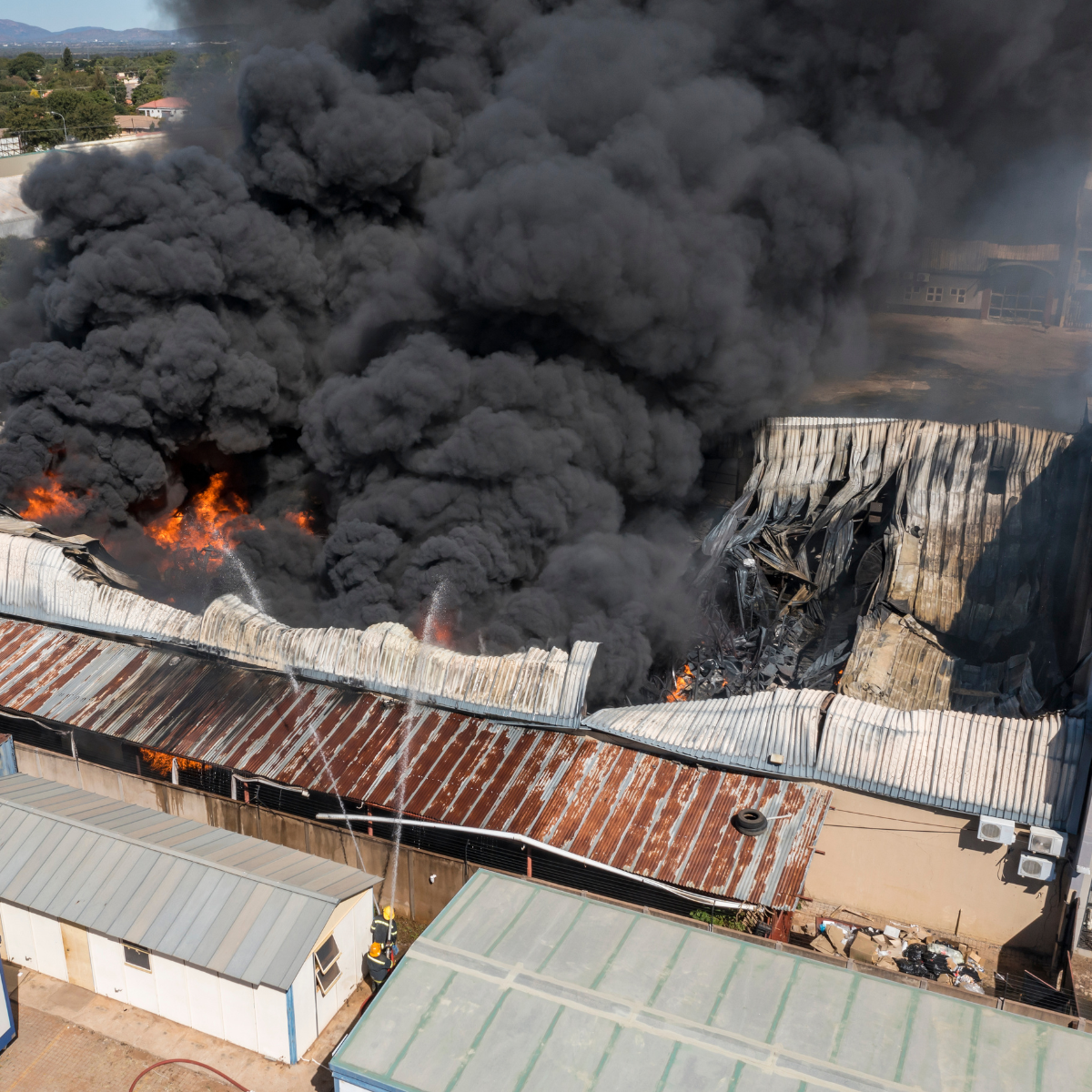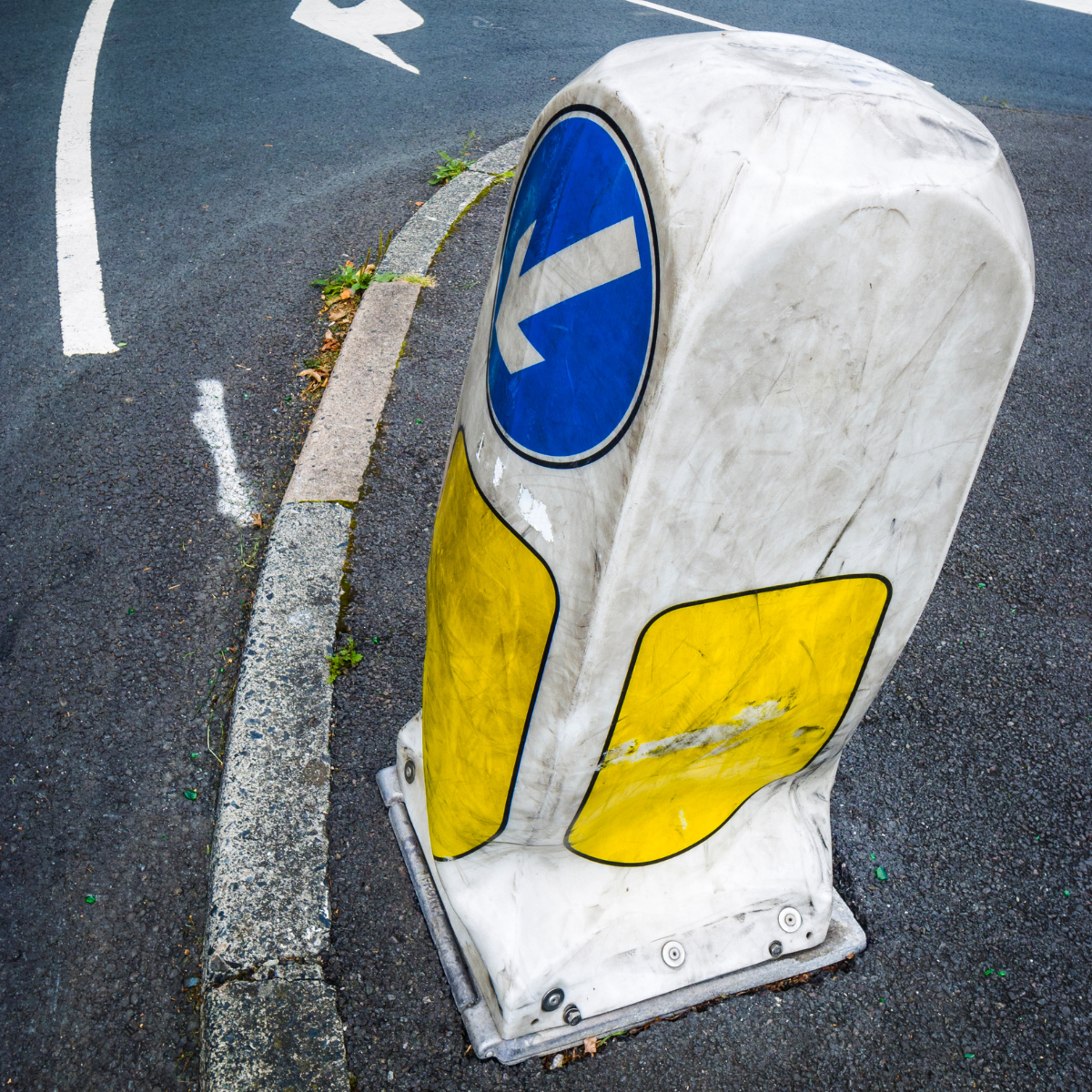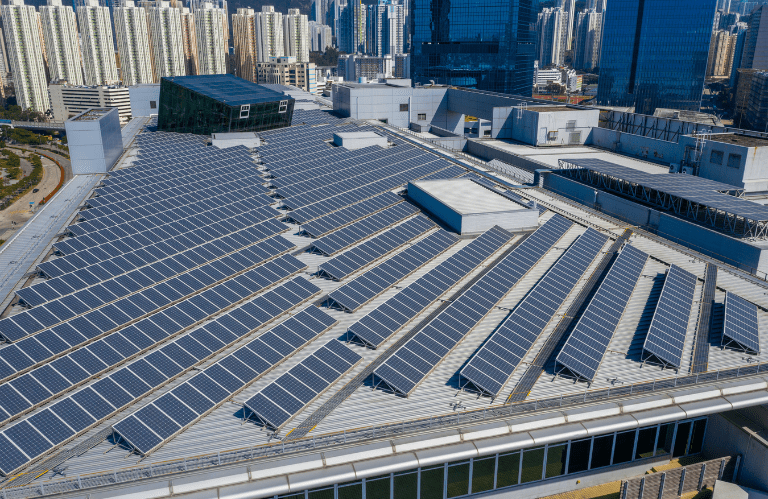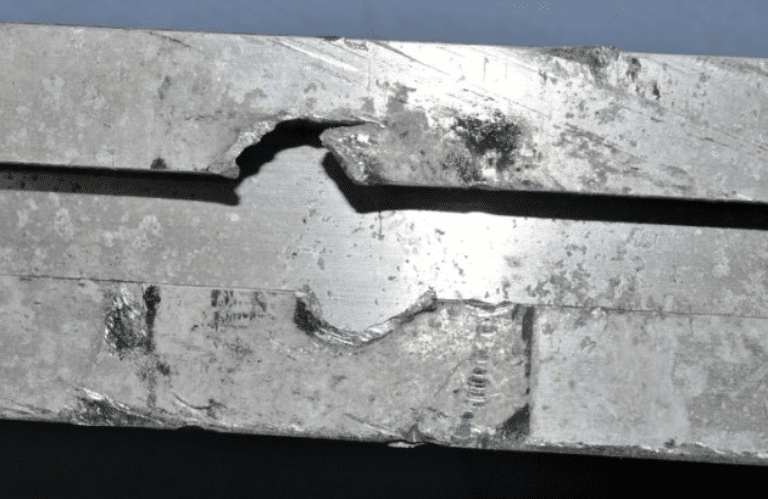Sector
Buildings, Properties and Real Estate
Location
London
Services
Failure Investigation
Product Testing
Our collaboration with a prestigious construction firm
Project overview
BES Group has collaborated with a prestigious construction firm headquartered in London, renowned for its expertise in constructing complex structures, including modern skyscrapers, cutting-edge landmarks, and upscale commercial and residential properties.
In the world of high-end building projects, where meticulousness and superior craftsmanship are of utmost importance, the integration of sustainable technologies such as solar panels has become increasingly common. These installations not only fulfill environmental commitments but also cater to the high standards of clientele seeking state-of-the-art amenities.
However, even in the most meticulously planned projects, unforeseen challenges can arise, posing potential risks to both the infrastructure and reputation of the stakeholders involved.
Find out more about our Failure Investigation servicesThe Challenge
One particular challenge arose when a solar panel became loose during regular maintenance at our client’s building, causing concern about the durability of the mounting assembly, especially with potential corrosion from contact with stainless steel fixtures. To address the client’s worries and determine the cause of the failure, they requested a thorough investigation from us.
Our primary goals for this investigation were as follows:
- Identify the underlying cause(s) that led to the loosening of the solar panel mounting assembly and supporting fixtures.
- Assess the structural integrity of the affected mounts and the surrounding infrastructure.
- Evaluate the design, installation, and maintenance practices associated with the solar panel system.
The consequences of such a failure cannot be underestimated Not only did it threaten the functionality and longevity of the solar panel system, but it also posed safety concerns for the occupants and passersby. In the competitive world of luxury construction, any compromise in quality could tarnish the brand’s image and credibility.
Find out more about our Failure Investigation servicesThe Solution
Our team of experts took immediate action to address this critical issue by conducting a thorough investigation. To begin, our client submitted three samples – the mounting rail, base rail, and nut toggle fixture – to our laboratory for analysis.
During our in-depth examination of these samples, we carefully inspected them visually to identify any visible signs of corrosion, deformation, or mechanical damage. This allowed us to gain valuable insights into the physical characteristics and behaviour of the failed mounting assembly.
We conducted chemical analysis tests to ensure that the samples met the required standards for installation.
Through SEM analysis and EDX analysis, we were able to evaluate the extent of corrosion damage by examining microscopic images.
To assess the strength, durability, and loading limitations of the samples, we also performed tensile testing.
This comprehensive approach provided us with a thorough understanding of the situation at hand.
Find out more about our Failure Investigation servicesThe Results
We conducted a comprehensive analysis on all samples to identify the underlying cause and nature of the failure. Here are the main findings we discovered:
- Severe material fracturing
- Evidence of intergranular corrosion
- Hairline fractures within the material
- Distortion due to overloading
- Misalignment of bolts
- Accelerated corrosion rates
- Partial detachment of bolts
- Non-compliance with chemical composition & mechanical properties
The mounting rail exhibited significant damage, with the bolt having pulled through, resulting in a “T” shaped hole in the material. Furthermore, the bolts had impacted the mounting frame, causing distortion and overloading.
Upon inspection, we observed fatigue fractures and evidence of intergranular corrosion on the surface of the mounting rail where it had encountered the bolts. Notably, the mounting rail failed to meet the required standards for chemical composition and mechanical properties.
The mounting rail possessed lower-than-expected yield strength and tensile strength, leading to diminished fatigue resistance compared to compliant materials. Corrosion was evident where stainless-steel fasteners had been affixed to both the aluminium base rail and mounting rail, along with instances of fatigue and intergranular fractures resulting from surface corrosion.
Misalignment of a bolt head during assembly was also noted. Additionally, the base rail failed to meet the mechanical requirements outlined in the specified standards.
Further analysis of the holding down nut revealed significant quantities of chlorine and sulphur, known accelerators of corrosion in aluminium alloys.
Find out more about our Failure Investigation servicesKey Statistics
1.3 million
solar panels have been installed on domestic and commercial properties in the UK since 2010.
Every 2 - 4 years
solar panels should be maintained and serviced, as debris and dust can build up over time.
1 in 5,000
solar panels will suffer from manufacturing defects throughout their lifespan.
Related services
Contact us today
Related Case Studies
View All Case Studies
Bolt Failure Causes Factory Fire: Failure Analysis Identifies Root Cause
Read more.
Cleaning Agent Identified as Culprit Behind Corrosion Crisis in Food Production
Read more.
 About BES Group
About BES Group Accreditations & Credentials
Accreditations & Credentials Our Environmental, Social & Governance
Our Environmental, Social & Governance Careers at BES Group
Careers at BES Group Our Senior Leadership Team
Our Senior Leadership Team


